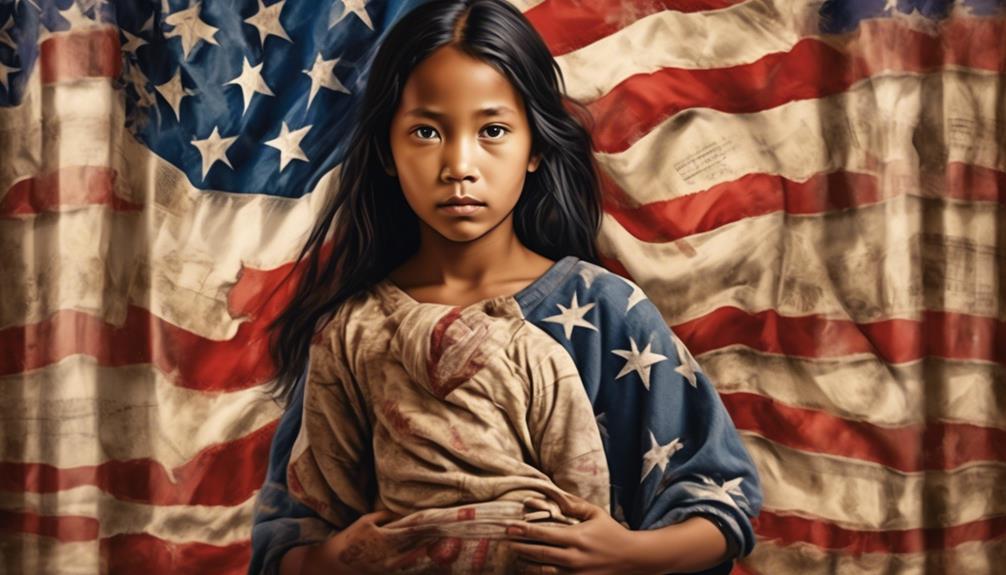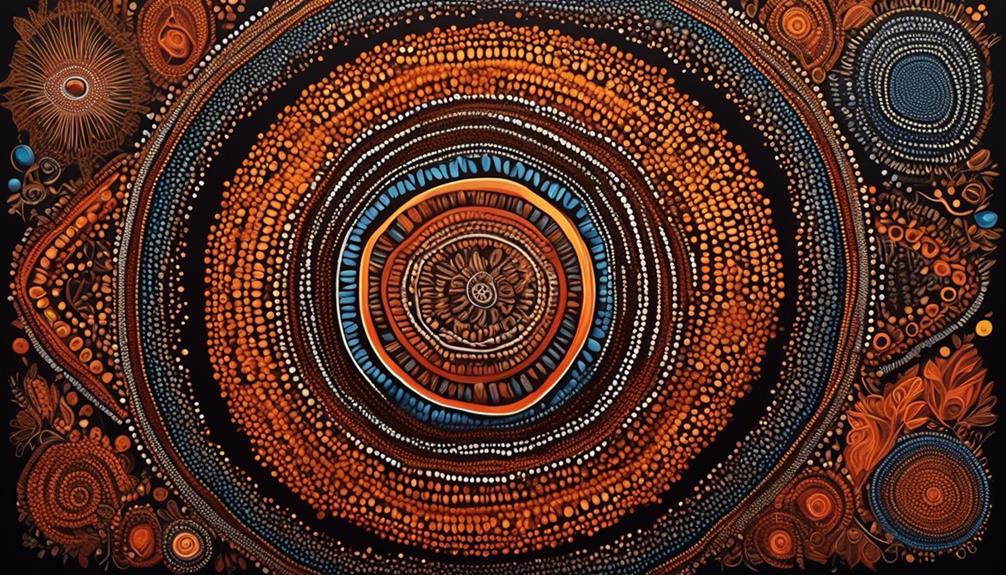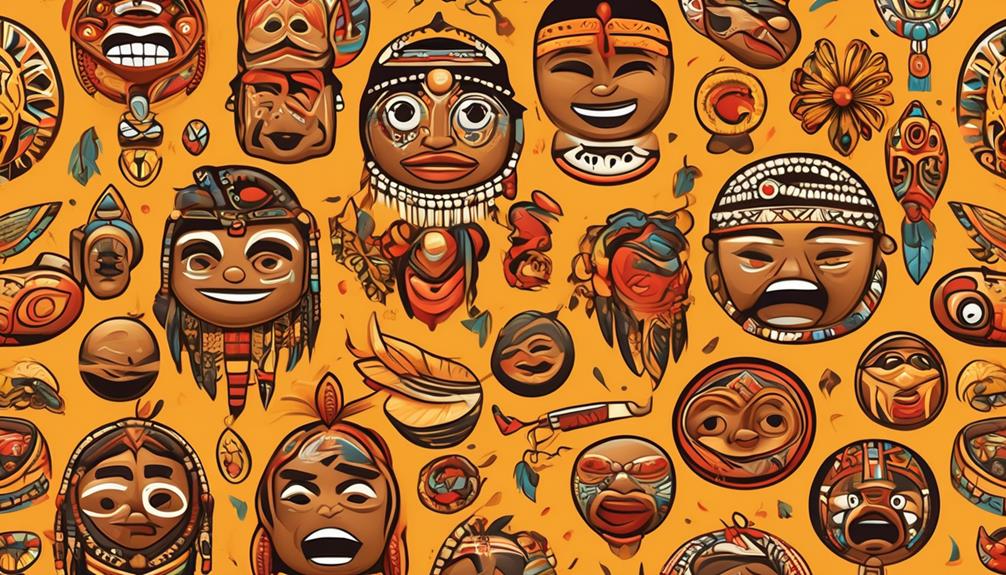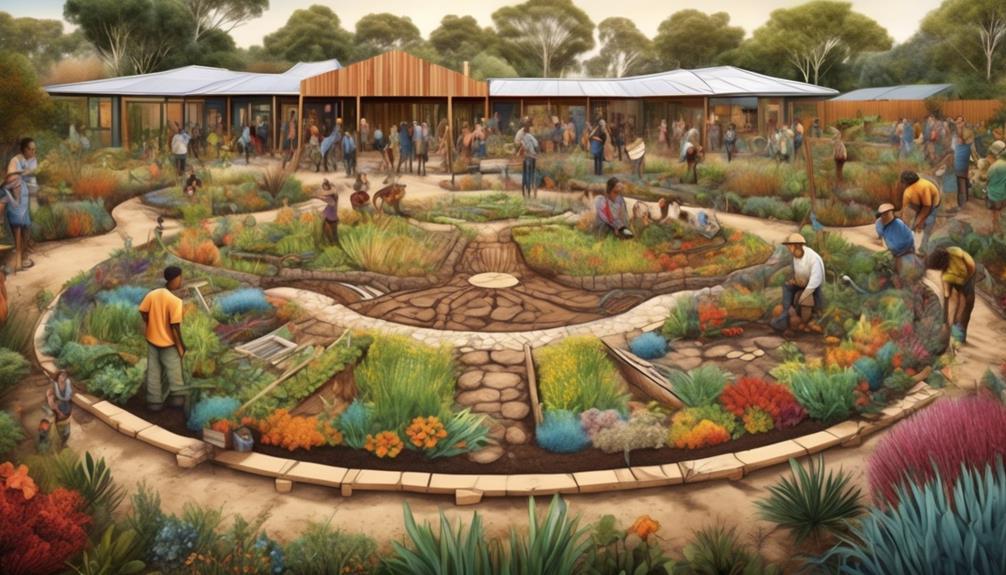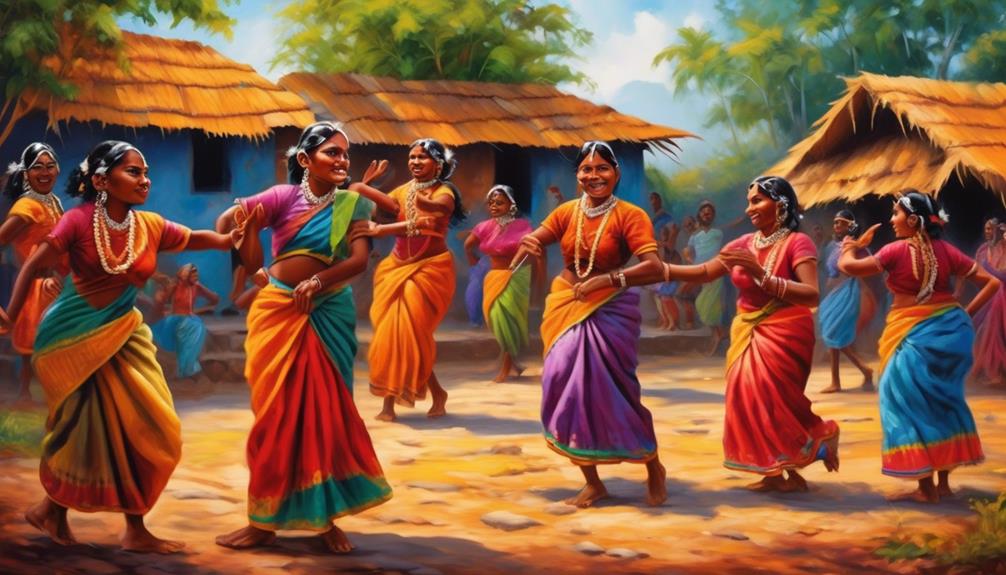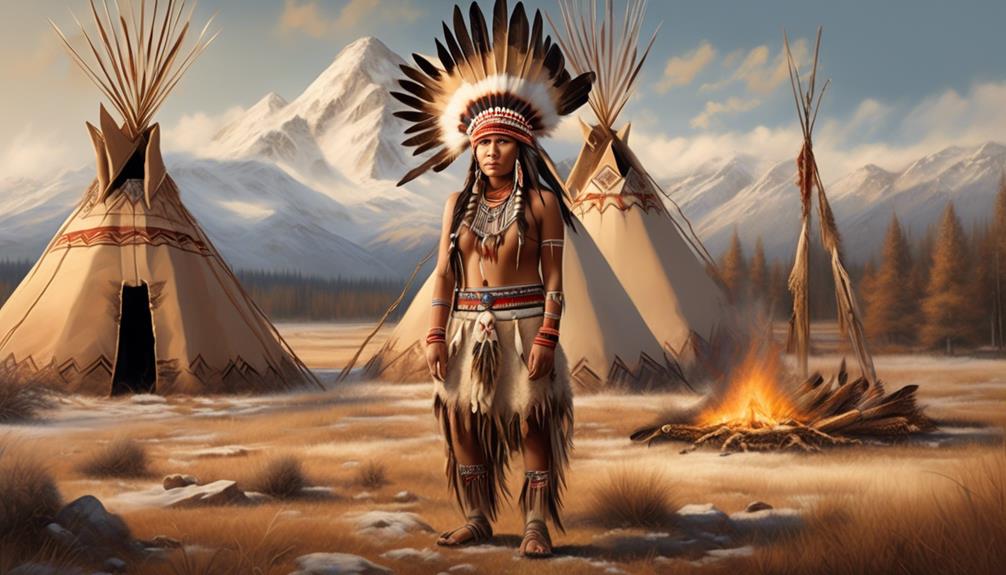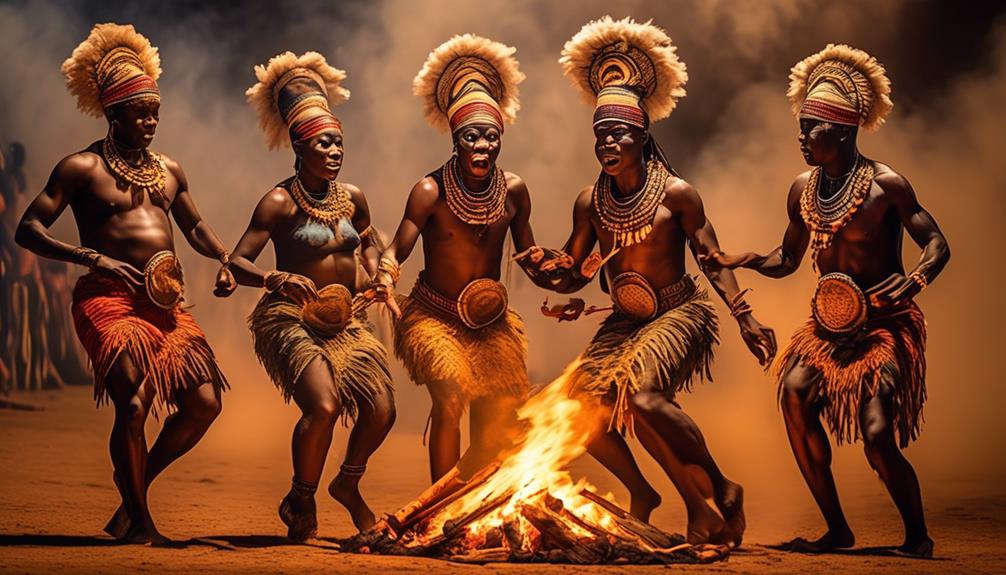In the United States, we often think about the diverse group of people who live in this country. The distinction between those who are native-born and those who become citizens through naturalization is an important aspect of this complex society.
While both groups enjoy the rights and privileges of American citizenship, there are unique experiences and challenges that shape their perspectives. Understanding the implications of this distinction can provide valuable insights into the complexities of American identity and the impact it has on individuals and society as a whole.
Key Takeaways
- Native and naturalized US citizens have to fulfill specific legal requirements to obtain citizenship, including age, lawful permanent resident status, continuous residence, good moral character, and knowledge of US history and government.
- Naturalized citizens need to go through a process that includes obtaining a green card, maintaining continuous residence, demonstrating good moral character, passing a civics and English test, and submitting an application for naturalization.
- Both native and naturalized citizens enjoy privileges and rights such as access to civil rights, equal protection under the law, the right to vote in federal elections, and active engagement in the democratic process.
- Challenges faced by citizens include navigating the complex US legal system, adapting to cultural and social norms, balancing cultural identity with assimilation, facing discrimination based on national origin or immigration status, and dealing with language barriers and limited English proficiency.
Legal Requirements for Citizenship
To become a citizen of the United States, an individual must meet specific legal requirements outlined by the government. Citizenship eligibility is determined by various factors such as the applicant's age, lawful permanent resident status, and continuous residence in the U.S. Additionally, an individual must demonstrate good moral character and a basic understanding of U.S. history and government to qualify for citizenship. Meeting these requirements is crucial before beginning the citizenship application process.
The citizenship application process involves completing Form N-400, the application for naturalization, and submitting it to United States Citizenship and Immigration Services (USCIS). Along with the application, applicants must provide supporting documents, such as proof of lawful permanent resident status, tax returns, and any relevant criminal records. Once the application is received, applicants may be called for biometrics appointments and interviews to verify their eligibility for citizenship.
Understanding the legal requirements for citizenship and navigating the application process can be complex, but with proper guidance and preparation, individuals can successfully achieve naturalization and become proud citizens of the United States.
Acquisition of Citizenship
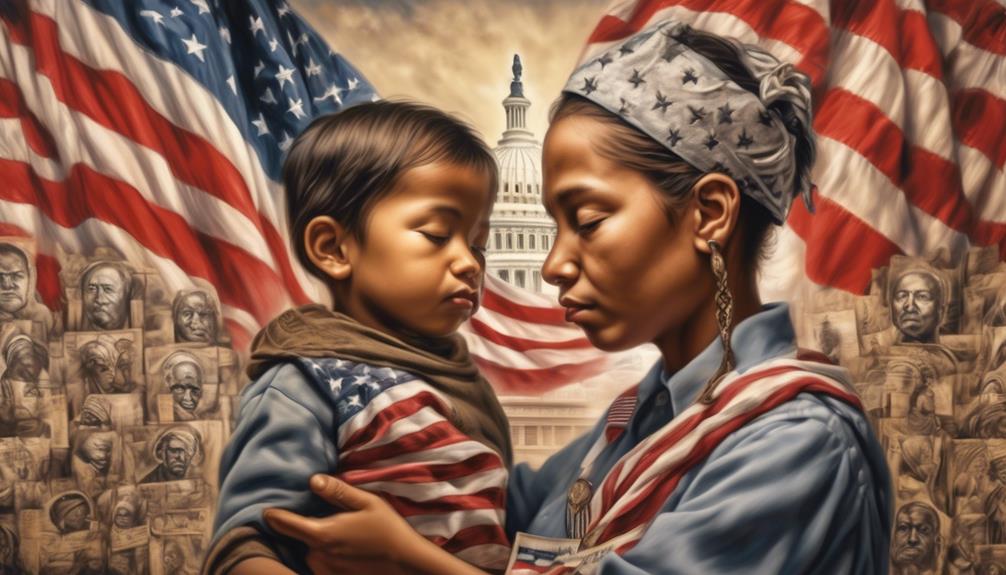
Acquiring citizenship in the United States involves meeting specific criteria and fulfilling legal requirements established by the government. The immigration process plays a crucial role in this, as individuals seeking citizenship must navigate through various steps, including obtaining a green card, maintaining a period of continuous residence, demonstrating good moral character, and passing a civics and English test.
Once these prerequisites are satisfied, individuals can apply for naturalization, which is the process of obtaining citizenship. It's important to note that the United States recognizes dual citizenship, meaning that individuals can be citizens of both the U.S. and another country simultaneously. However, it's essential to be aware of the potential implications and obligations associated with holding citizenship in multiple countries.
Understanding the acquisition of citizenship and the possibility of dual citizenship provides clarity for individuals seeking to become naturalized U.S. citizens. By comprehending the immigration process and its requirements, individuals can effectively navigate the path to citizenship and fully embrace the rights and responsibilities that come with it.
Privileges and Rights
Once we become naturalized U.S. citizens, we gain access to a range of privileges and rights that are fundamental to participating fully in American society. As naturalized citizens, we're entitled to the same civil rights as native-born citizens. This includes the right to due process, freedom of speech, religion, and assembly, as well as equal protection under the law. These civil rights form the cornerstone of our participation in the American democratic system, ensuring that we're treated fairly and equally under the law.
Moreover, as naturalized citizens, we also gain the right to vote in federal elections, enabling us to have a direct impact on the governance of our country. This right is a powerful tool for expressing our voices and opinions on issues that matter to us and our communities. It allows us to actively engage in the democratic process and contribute to shaping the future of the nation.
In essence, the acquisition of citizenship brings with it not only legal status but also the invaluable privileges and rights that are essential for our full integration and participation in American society.
Challenges Faced by Citizens

Navigating the complex U.S. legal system and understanding our rights and responsibilities as citizens can pose significant challenges for many individuals. Integration challenges often arise for naturalized citizens as they strive to adapt to the cultural, social, and political norms of their new home. This process can be especially daunting when attempting to balance their cultural identity with the need to assimilate into American society.
Discrimination is another obstacle faced by both native and naturalized citizens. Despite legal protections, individuals may encounter prejudice based on their national origin, ethnicity, or immigration status. Language barriers further compound these challenges, impacting access to education, employment opportunities, and healthcare. Limited English proficiency can hinder effective communication with government agencies and legal representation, creating barriers to exercising one's rights.
Overcoming these challenges requires ongoing support, education, and advocacy to ensure that all citizens, regardless of their background, can fully participate in and contribute to the diverse tapestry of American life.
Impact on Socioeconomic Status
The impact on socioeconomic status can vary significantly between native and naturalized US citizens. As native-born citizens, we often have more access to economic opportunities and social integration due to our upbringing and familiarity with the systems and cultural nuances. On the other hand, naturalized citizens may encounter challenges in achieving the same level of socioeconomic status, despite their qualifications and capabilities.
When comparing the impact on socioeconomic status between native and naturalized citizens, several key factors come into play:
- Economic Opportunities: Native citizens may have greater access to job opportunities and career advancement due to their familiarity with the job market and professional networks.
- Social Integration: Native citizens often have stronger social connections and a better understanding of societal norms, which can positively impact their socioeconomic status.
- Educational Attainment and Income Disparity: Naturalized citizens may face barriers in accessing higher education and may experience income disparities compared to native citizens, which can impact their overall socioeconomic status.
Understanding the differences in economic opportunities, social integration, educational attainment, and income disparity between native and naturalized citizens is crucial for developing inclusive policies and fostering equal opportunities for all individuals, regardless of their citizenship status.
Frequently Asked Questions
Are There Any Differences in the Voting Rights of Native-Born Citizens and Naturalized Citizens?
Yes, there are differences in the voting rights of native-born citizens and naturalized citizens.
Native-born citizens are automatically granted citizenship by birth, while naturalized citizens go through a legal process to obtain citizenship. This process involves meeting specific immigration sponsorship and residency requirements.
However, once naturalized, both groups have equal voting rights and are considered full citizens under the law.
Can Naturalized Citizens Serve in the Military or Hold Government Positions?
Certainly!
Naturalized citizens have the opportunity to serve in the military and hold government positions, provided they meet the eligibility criteria. Military eligibility requirements include lawful permanent residency, good moral character, and fluency in English.
For government positions, naturalized citizens must meet the same qualifications as native-born citizens. This ensures that all citizens, regardless of their origin, can contribute to the defense and governance of our nation.
Do Native-Born and Naturalized Citizens Have the Same Access to Government Benefits and Programs?
Yes, native-born and naturalized citizens have the same eligibility for government benefits. Citizenship rights ensure equality in accessing programs and services.
Government benefits, such as healthcare and social security, are available to all citizens regardless of their birth status. This demonstrates the fundamental principle of equality in citizenship, where all citizens, regardless of their origin, have the same rights and opportunities in accessing government programs.
Are There Any Restrictions on the Ability of Naturalized Citizens to Sponsor Family Members for Immigration?
When it comes to immigration sponsorship, naturalized citizens may face some restrictions.
Family reunification is a key aspect of immigration policy, but there are specific citizenship restrictions that naturalized citizens need to navigate when sponsoring family members.
These restrictions may include factors such as the length of time since obtaining citizenship and the immigration status of the family members being sponsored.
It's essential to understand these limitations when pursuing family immigration sponsorship as a naturalized citizen.
How Does Citizenship Status Impact the Ability to Travel Internationally and Obtain Visas for Other Countries?
As citizens, we enjoy the privileges of dual citizenship, granting us the ability to hold passports from multiple countries. This provides unparalleled global mobility, often exempting us from visa requirements in certain nations.
Our citizenship status significantly impacts our international travel and visa acquisition, affording us unique opportunities and freedoms when navigating the global landscape.
Conclusion
In conclusion, the distinction between native and naturalized US citizens highlights the diverse paths to citizenship and the unique challenges and privileges each group faces.
While native citizens are born with citizenship, naturalized citizens have worked hard to earn their status. Both groups contribute to the rich tapestry of American society, each bringing their own unique perspectives and experiences.
Together, they form the foundation of our nation, united by their shared commitment to the ideals of freedom and opportunity.
Talise is a talented writer and an expert in her field. Her unique perspective and insights enrich our content with depth and authenticity. With a wealth of knowledge and a strong connection to the subjects she writes about, Talise crafts engaging and informative articles that resonate with our readers. Her dedication to bringing Indigenous culture and wisdom to light is truly commendable.
